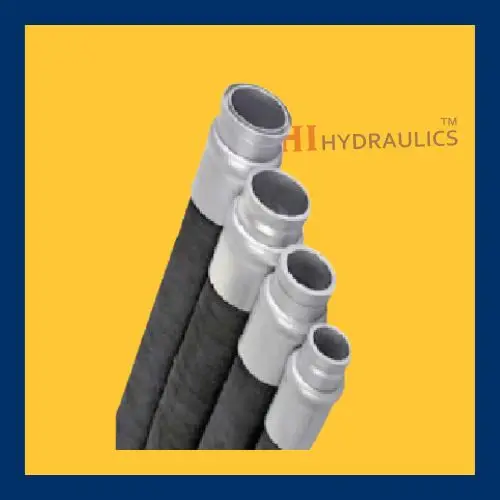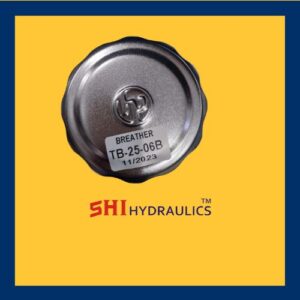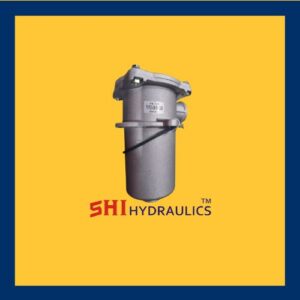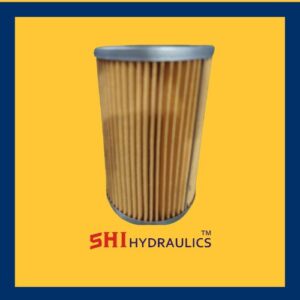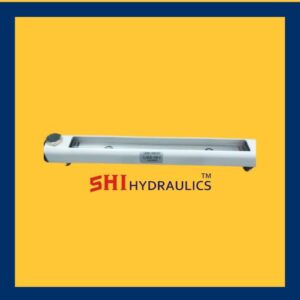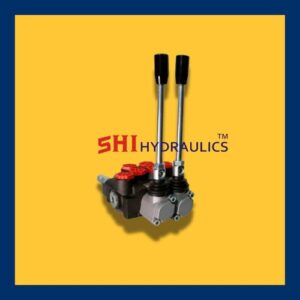Concrete Hose
Concrete hoses, also known as placement or pump hoses, are an essential part of the concrete delivery process, allowing the seamless transfer of wet concrete from the pump to the desired location. These hoses are built to handle the heavy-duty demands of construction sites, offering durability, flexibility, and safety. With their specialized design, concrete hoses ensure efficient material handling, reduced spillage, and precise placement.
This comprehensive guide provides a detailed description of concrete hoses, including their design, materials, types, applications, benefits, and maintenance practices.
What is a Concrete Hose?
A concrete hose is a robust, flexible conduit used in construction to transport concrete from a pumping system to the pour site. These hoses are designed to withstand the abrasive and high-pressure conditions associated with wet concrete delivery, ensuring efficient and reliable operation in challenging environments.
Key Features of Concrete Hoses
- Abrasion Resistance
- Constructed with reinforced rubber or synthetic materials to withstand the abrasive nature of concrete.
- High-Pressure Tolerance
- Designed to handle the high pressures generated by concrete pumps without bursting or deforming.
- Flexibility
- Offers excellent maneuverability to navigate tight spaces and complex layouts on construction sites.
- Durable Construction
- Built with layers of reinforcement to enhance strength and longevity under demanding conditions.
- Secure Couplings
- Equipped with heavy-duty couplings or flanges for leak-free and safe connections to pumping systems.
Materials Used in Concrete Hoses
- Natural or Synthetic Rubber
- Provides flexibility, durability, and resistance to abrasion and chemical wear.
- Steel or Textile Reinforcement
- Inner layers of steel wire or textile fibers add strength and pressure resistance to the hose.
- Protective Outer Layer
- Shields the hose from environmental damage, such as UV rays, moisture, and physical impacts.
- Specialized Compounds
- Some hoses include additional compounds to enhance performance in extreme temperatures or chemical exposure.
Types of Concrete Hoses
- Steel-Reinforced Hoses
- Designed for heavy-duty applications with high-pressure demands, often used in large-scale construction projects.
- Textile-Reinforced Hoses
- Lightweight and flexible, ideal for smaller projects or applications with lower pressure requirements.
- End Hoses (Placement Hoses)
- Attached to the end of the pump line for precise placement of concrete in forms or specific areas.
- Shotcrete Hoses
- Used for spraying concrete onto surfaces such as walls or tunnels, often in mining or repair work.
- Custom-Length Hoses
- Made to order for projects requiring specific hose lengths or configurations.
Applications of Concrete Hoses
- Construction Sites
- Delivering concrete to foundations, walls, columns, and slabs in residential, commercial, and industrial projects.
- Infrastructure Projects
- Used in the construction of roads, bridges, dams, and tunnels to place concrete efficiently.
- Shotcrete Applications
- Essential in processes like slope stabilization, pool construction, and repair of concrete structures.
- Mining and Underground Work
- Transporting shotcrete or concrete mixes in confined spaces or challenging terrains.
- Decorative Concrete Placement
- Ensures precise placement for artistic or architectural finishes.
Benefits of Using Concrete Hoses
- Improved Efficiency
- Streamlines the concrete delivery process, reducing time and labor requirements.
- Precision Placement
- Ensures accurate pouring of concrete, minimizing waste and rework.
- Versatility
- Adapts to various project requirements, from small residential jobs to large-scale infrastructure projects.
- Durability
- Resistant to wear and tear, providing reliable performance in tough environments.
- Safety
- Minimizes the risk of spills, leaks, and equipment failures during concrete transfer.
Maintenance and Care
- Regular Cleaning
- Flush the hose with water or a cleaning solution after each use to prevent blockages and material buildup.
- Inspect for Damage
- Check for signs of wear, such as cracks, kinks, or damaged couplings, and replace components as needed.
- Proper Storage
- Store hoses in a cool, dry place away from direct sunlight and sharp objects to prevent damage.
- Pressure Testing
- Periodically test hoses for pressure tolerance to ensure safe and efficient operation.
- Secure Connections
- Verify that all couplings and fittings are properly secured before use to prevent leaks and accidents.
Factors to Consider When Selecting a Concrete Hose
- Pressure Rating
- Choose a hose that can handle the maximum pressure generated by your pumping system.
- Hose Length and Diameter
- Select the appropriate length and diameter based on the distance and volume of concrete to be delivered.
- Reinforcement Type
- Consider the level of reinforcement required for the specific application.
- Abrasion Resistance
- Ensure the hose material is suitable for the abrasive nature of concrete.
- Compatibility
- Verify that the hose is compatible with your concrete pump and couplings.
Innovations in Concrete Hose Technology
- Lightweight Materials
- Advanced materials reduce hose weight while maintaining durability, improving ease of use.
- Enhanced Abrasion Resistance
- New rubber compounds and reinforcement layers increase the lifespan of hoses in abrasive environments.
- Eco-Friendly Options
- Manufacturers are developing hoses with sustainable materials and lower environmental impact.
- Smart Monitoring
- Integrated sensors monitor pressure and flow rates in real-time, enhancing safety and efficiency.

